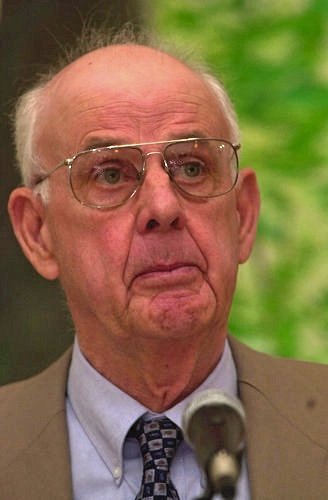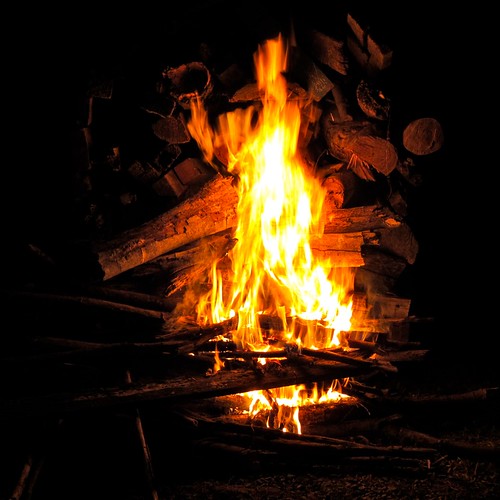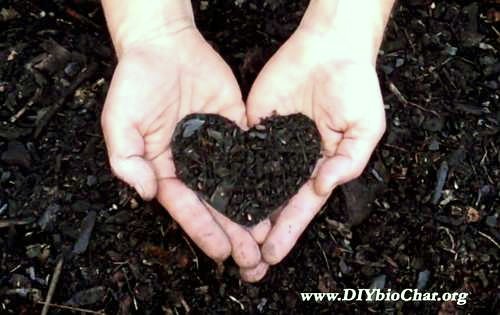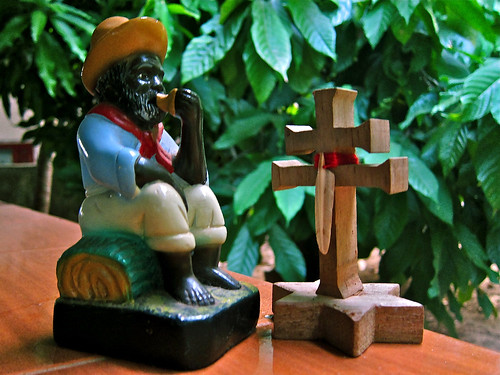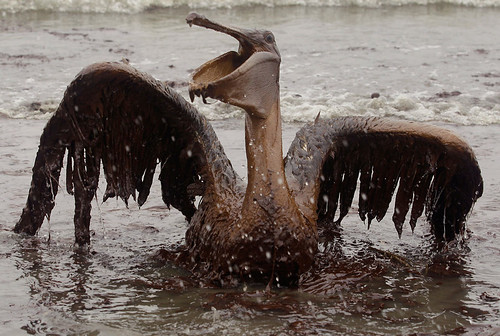UNIVERSAL SOLDIER
As President Obama substitutes the suave General Petraeus for the impetuous General McChrystal to lead counterinsurgency in Afghanistan, Buffy Sainte Marie's song "The Universal Soldier " tells who we really should be looking at. As usual, the enemy turns out to be us.
More about Buffy...
- Official website
- Buffy Sainte-Marie at the Internet Movie Database
- Buffy Sainte-Marie's Cradleboard Teaching Project
- Tribute Site
- www.buffysaintemarie.co.uk (Fan Site)
- Mouthbows to Cyberskins (Fan Site)
- Buffy Sainte Marie, Heyoka Magazine Paintings
- Buffy Sainte-Marie: A Multimedia Life, documentary produced by CineFocus-Paquin Pictures
- Legendary Native American Singer-Songwriter Buffy Sainte-Marie - video report by Democracy Now!

